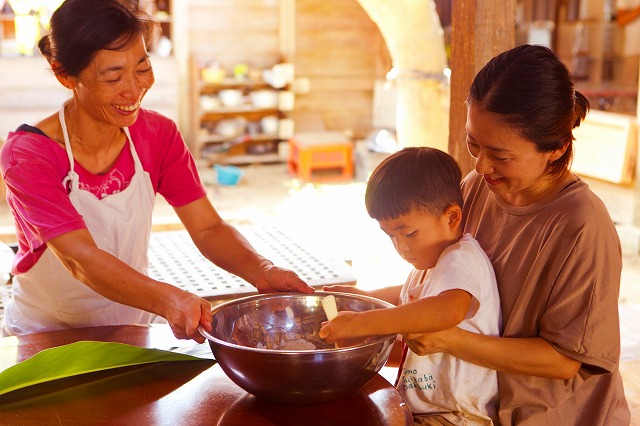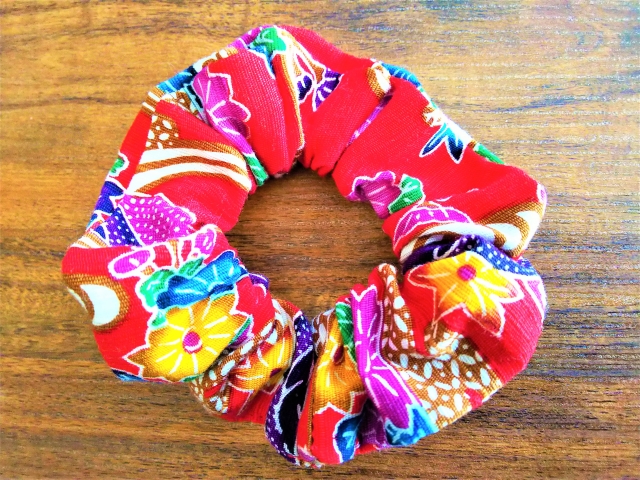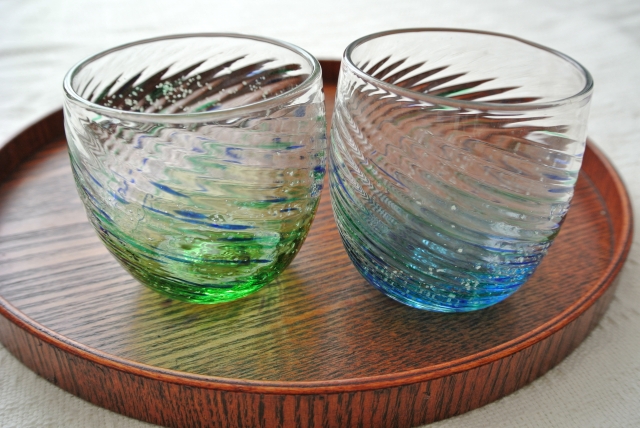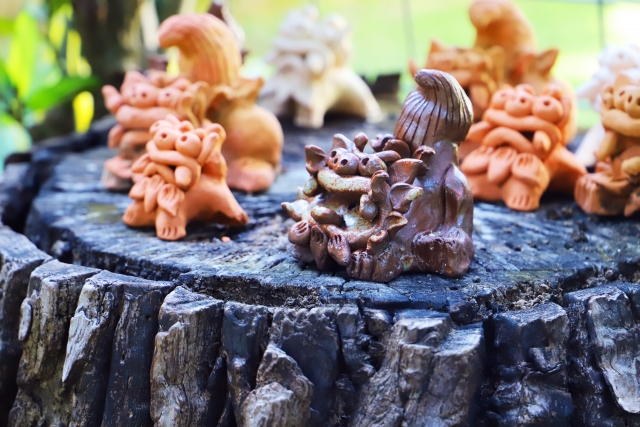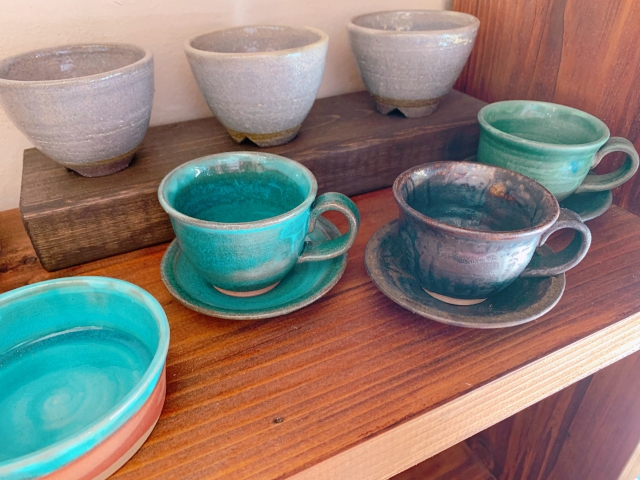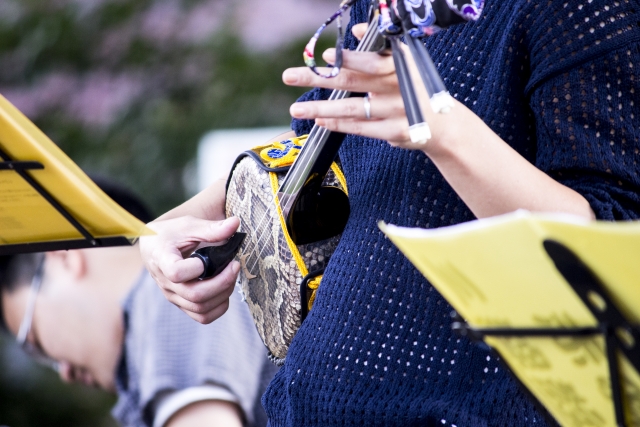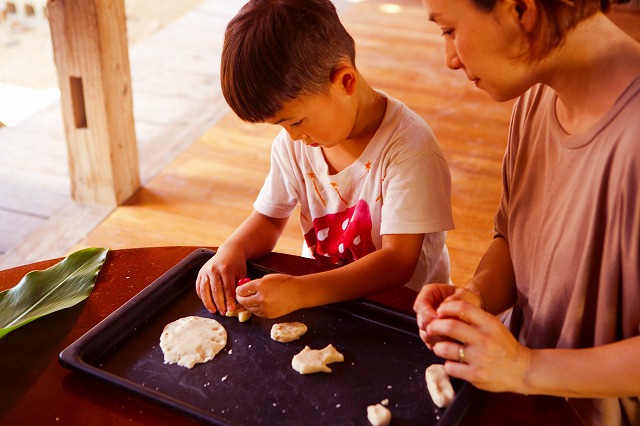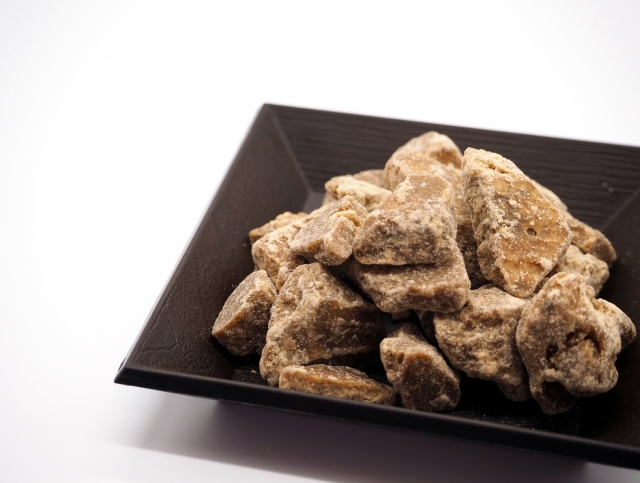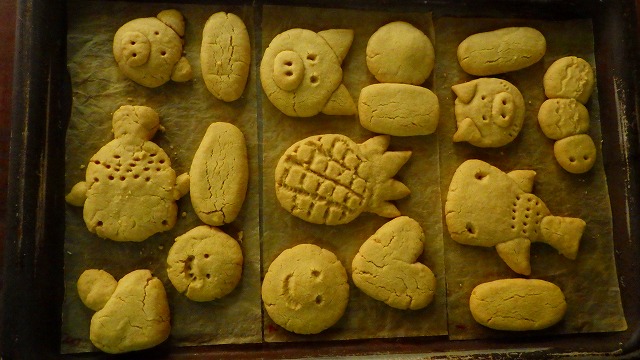What is a Handmade Experience?

A handmade experience is an activity where participants can enjoy crafting items such as glasswork, pottery, handicrafts, and accessories. These workshops are held at tourist destinations across Japan, offering a wide variety of creative experiences.
For example, at agricultural farms, visitors can try making cheese or butter, while other workshops teach doll-making using wool. Many of these experiences incorporate local materials and showcase traditional crafts and culture unique to the region.
Traditional Crafts and Culture of Okinawa
Bingata (Okinawan Dyeing)

Bingata is a traditional Okinawan fabric dyeing technique characterized by vivid floral patterns in bright colors such as yellow, purple, and red. It is often used for Ryukyuan dance costumes.
Visitors can experience Bingata dyeing firsthand by coloring T-shirts, tote bags, or coasters, much like a coloring activity. This allows for an easy and fun introduction to the art of Bingata!
Ryukyu Glass

Ryukyu glass originated in Okinawa during the post-war period when craftsmen repurposed empty bottles to create blown glass products. The glassware features beautiful colors reminiscent of Okinawa’s ocean—blues, greens, sunset-like oranges, and pinks—often with unique air bubbles trapped inside, giving them a cool, refreshing look.
Commonly used as rock glasses for enjoying Awamori (Okinawa’s traditional liquor), Ryukyu glass has become a popular souvenir. Handmade workshops offer visitors the opportunity to create their own glasses, tumblers, or plates.
Shisa (Okinawan Guardian Lion-Dogs)

Shisa are lion-dog statues commonly placed on rooftops and entrances of Okinawan homes to ward off evil spirits. Traditionally made of stone or ceramic, they have long been a symbol of Okinawan culture.
In recent years, colorful and uniquely designed Shisa figurines, including glass versions, have become popular souvenirs. Visitors can participate in workshops where they hand-sculpt or paint their own Shisa, creating a one-of-a-kind keepsake to take home.
Yachimun (Okinawan Pottery)

Known as Yachimun in the Okinawan dialect, this pottery is characterized by its thick, sturdy form and bold hand-painted designs. Traditional patterns often feature natural motifs in shades of blue, green, and brown, but modern designs that suit Western-style dining have also gained popularity.
Workshops offer a range of experiences, including pottery wheel throwing, hand-building, and painting.
Sanshin (Okinawan Three-Stringed Instrument)

The sanshin is a traditional Okinawan instrument that dates back over 600 years to the Ryukyu Kingdom. It has a snakeskin-covered body and three strings, producing a distinct, nostalgic sound that complements Okinawa’s relaxed atmosphere.
Visitors can participate in workshops where they assemble their own sanshin. For those who find crafting too challenging but still want to try playing, sanshin lessons are also available.
Chinsuko (Traditional Okinawan Cookies)

Chinsuko is a traditional Okinawan sweet that originated from Chinese pastries introduced to the Ryukyu Kingdom. While they resemble shortbread cookies, they have a coarser, crumbly texture. Made from simple ingredients—flour, sugar, and lard—chinsuko is a beloved local treat.
Modern variations include flavors such as Okinawan sea salt, purple sweet potato, and pineapple. At handmade workshops, participants can shape their own chinsuko, making it a fun and memorable souvenir. Plus, once you learn the recipe, you can easily make them at home!
Kokuto (Okinawan Brown Sugar)

Kokuto is made by boiling down sugarcane juice and is rich in minerals compared to white sugar. Known for its unique, deep flavor, Okinawan kokuto is a popular treat among visitors.
Workshops allow participants to experience the process of making kokuto, from harvesting sugarcane to boiling it into sugar blocks. This is a great hands-on way to learn about Okinawa’s famous sugar industry.
How to Enjoy a Handmade Experience in Okinawa

When people think of “activities” in Okinawa, they often imagine water sports, tropical forests, or mangrove river tours. However, handmade experiences also offer unique and enriching opportunities.
Participating in a workshop allows you to learn about Okinawa’s traditional crafts and culture, deepening your appreciation of the region. Handmade experiences are especially recommended for rainy days, typhoon season, or cooler winter months when outdoor activities may be limited.
Some workshops are suitable for young children, making them a great family-friendly option. Be sure to try one during your visit to Okinawa!

